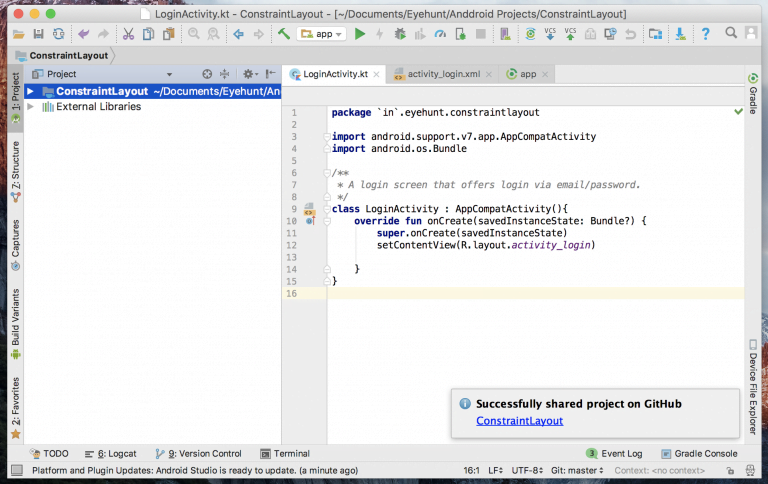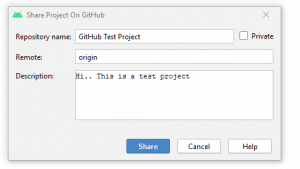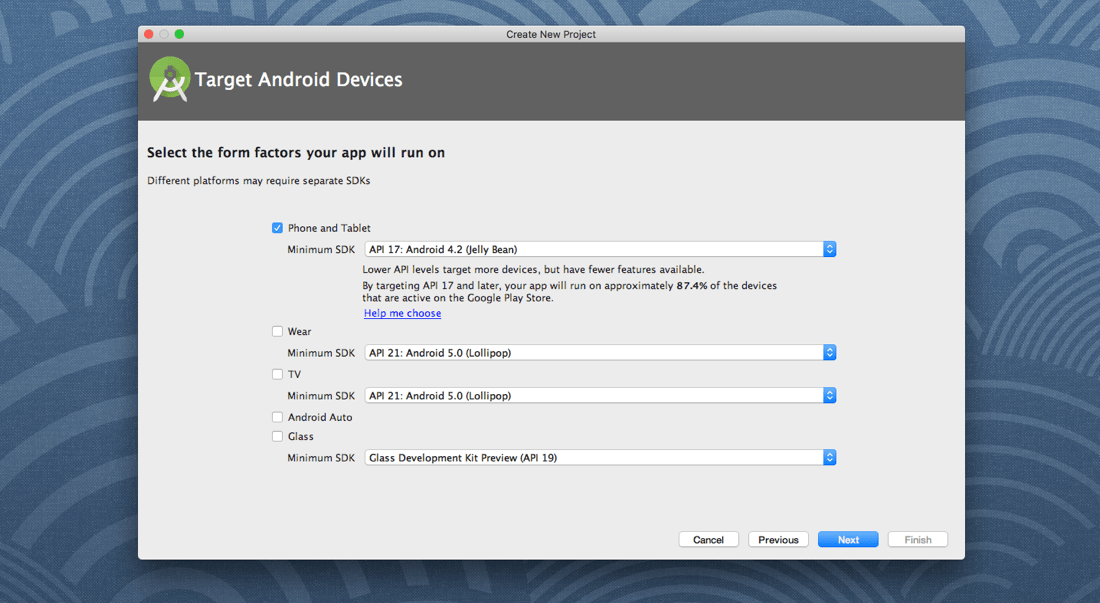
When prompted, select Push an existing local repository to GitHub and enter the desired name for your repository.

To create a repository for your project on GitHub, use the gh repo create subcommand.
 " Adding a local repository to GitHub using Git"Īdding a local repository to GitHub with GitHub CLI. " Adding a local repository to GitHub with GitHub CLI". Importing a Git repository with the command lineĪfter you've initialized a Git repository, you can push the repository to GitHub, using either GitHub CLI or Git. To remove this commit and modify the file, use 'git reset -soft HEAD~1' and commit and add the file again. # Commits the tracked changes and prepares them to be pushed to a remote repository. To unstage a file, use 'git reset HEAD YOUR-FILE'.Ĭommit the files that you've staged in your local repository. # Adds the files in the local repository and stages them for commit. git init & git symbolic-ref HEAD refs/heads/mainĪdd the files in your new local repository. If you’re using Git 2.27.1 or an earlier version, you can set the name of the default branch using git symbolic-ref. If you’re using Git 2.28.0 or a later version, you can set the name of the default branch using -b. By default, the initial branch is called main.
" Adding a local repository to GitHub using Git"Īdding a local repository to GitHub with GitHub CLI. " Adding a local repository to GitHub with GitHub CLI". Importing a Git repository with the command lineĪfter you've initialized a Git repository, you can push the repository to GitHub, using either GitHub CLI or Git. To remove this commit and modify the file, use 'git reset -soft HEAD~1' and commit and add the file again. # Commits the tracked changes and prepares them to be pushed to a remote repository. To unstage a file, use 'git reset HEAD YOUR-FILE'.Ĭommit the files that you've staged in your local repository. # Adds the files in the local repository and stages them for commit. git init & git symbolic-ref HEAD refs/heads/mainĪdd the files in your new local repository. If you’re using Git 2.27.1 or an earlier version, you can set the name of the default branch using git symbolic-ref. If you’re using Git 2.28.0 or a later version, you can set the name of the default branch using -b. By default, the initial branch is called main. 
Initialize the local directory as a Git repository. Navigate to the root directory of your project. If your project is already tracked by Git, skip to " Importing a Git repository with the command line." If your locally-hosted code isn't tracked by any VCS, the first step is to initialize a Git repository. Sensitive information can include, but is not limited to:įor more information, see " Removing sensitive data from a repository." Initializing a Git repository Warning: Never git add, commit, or push sensitive information to a remote repository.







 0 kommentar(er)
0 kommentar(er)
